Category: Arthropods/ Insects
-

What you need to know about the Chilean Rose Hair Tarantula
The Chilean Rose Hair Tarantula is a relatively large tarantula that reaches its adult size after about 3 to 4 years. When fully mature, such a tarantula would have about 6 inches in its total leg span. The base color usually differs from dark brown to grey and black, usually covered reddish-orange to pink hairs…
-

How to Take Care of a Pet That Has Eight Legs
Not every furry friend comes with four legs, some of them have eight. While this might sound something from straight out of a horror movie, it’s actually quite natural when you choose to have a tarantula as a pet. There’s no doubt that tarantulas are wild and need to be approached with proper caution. However,…
-
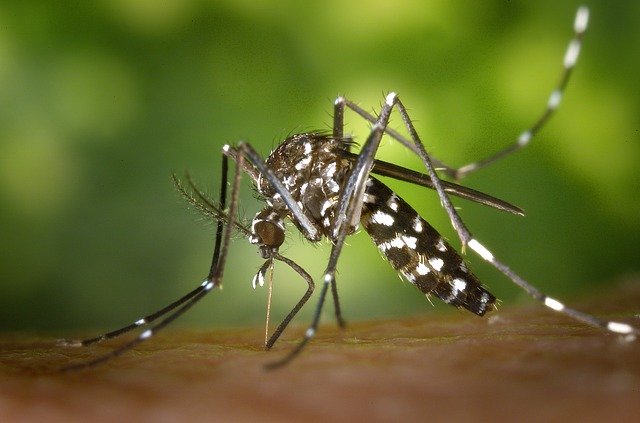
Mosquito Facts
Mosquitoes are the most successful insects on the planet Earth. They can be found at 14,000 feet mountains peak or breeding in your backyard without your permission. More than 3,000 species of mosquitoes are known, and few of them cause trouble for people. As you know, female mosquito’ bites can cause damage; therefore, one must…
-

Moths Facts | Anatomy, Diet, Habitat, Lifecycle
Moths are a small group of insects that are similar to butterflies. You can even call them by the name of Lepidoptera. Most of the Lepidopterans are considered to be moths, and there are around 160,000 species which are existing on this planet. They are divided into three different categories in which we have nocturnal…
-

What Do Butterflies Eat? | Butterfly Diet
Butterflies are colorful winged insects with a fluttering flight. They first appeared on earth about 56 million years ago. Some species migrate long distances in winter whereas others seem to be permanent residents. In this article we will explain you in detail about the butterfly’s diet. If you plan to breed these colorful insects in…
-
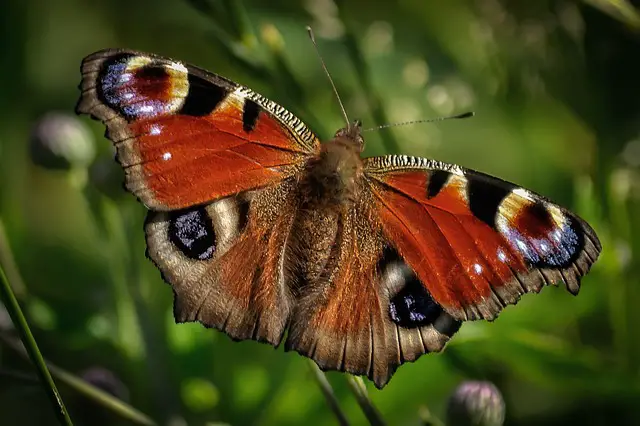
Peacock Butterfly Facts | Anatomy, Diet, Habitat, Behavior
The peacock butterfly (Aglais io) is a colorful species which is commonly found in the temperate regions of Asia and Europe. They spend winter weather in trees or buildings but butterflies stay all year round in its range. It is not threatened at the moment as a matter of fact peacock butterflies is expanding its…
-
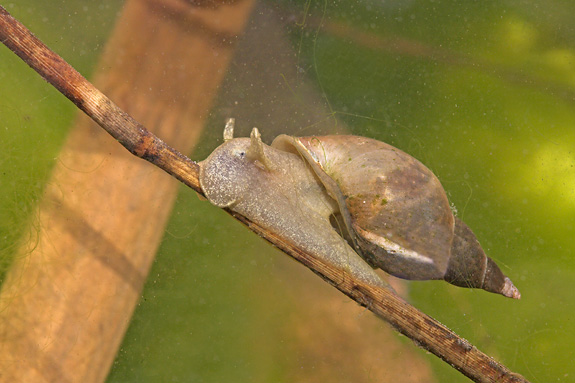
Pond Snail Facts | Anatomy, Diet, Habitat, Behavior
The great pond snail (Lymnaea stagnalis) is one of the pond snail species that lives in the freshwater habitats. As the name suggests the great pond snail is Britain’s largest pond snail. It is thought to feed on both plants and animal matter. The great pond snail swims up to the surface when it must…
-
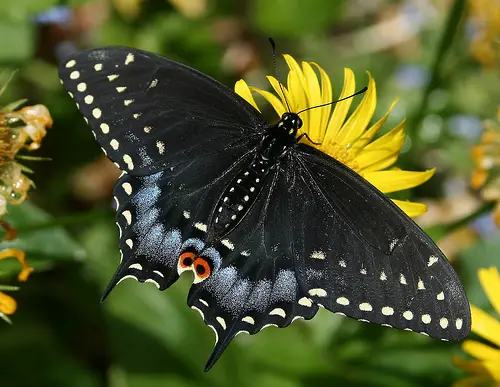
Black Swallowtail Butterfly Facts | Anatomy, Diet, Habitat, Behavior
The Black Swallowtail (Papilio polyxenes) or the eastern black swallowtail is a North American butterfly that typically feeds on several host plants. They claim territories in order to mate and male butterflies actively defend it. They are also found and Canada. It is the national butterfly of the Oklahoma state. Black Swallowtail Butterfly Facts Anatomy…
-

Karner Blue Butterfly Facts | Anatomy, Diet, Habitat, Reproduction
The karner blue butterfly (Lycaeides melissa samuelis) is a blue butterfly species that is typically found in the wild lupine habitat. They mainly occur in New Jersey, Wisconsin, Michigan, and in the southern Hemisphere. Indiana Dunes National Park hosts large number of karner blues. They have wingspan measuring up to one inch. Karner Blue Butterfly…
-
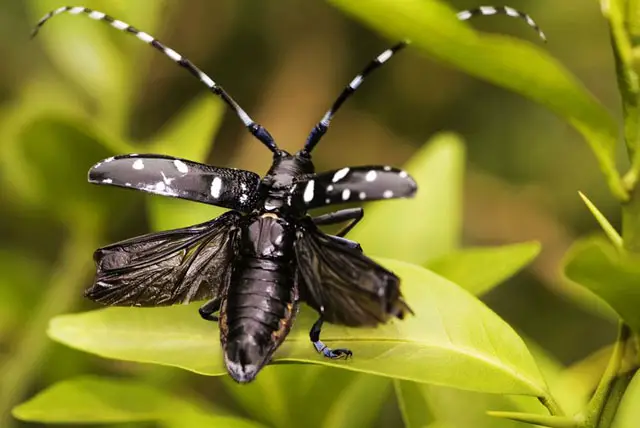
Asian Long-horned Beetle Facts | Anatomy, Range, Habitat, Lifecycle
The Asian long-horned beetle (Anoplophora glabripennis) is a native beetle species of Japan, Korea, and China. Sky beetle is the other name of Asian long-horned beetle. It is thought to be one of the serious threats in China especially on trees like shelterbelts and hardwood trees. Asian Long-horned Beetle Facts Anatomy The adult sky beetle…
-
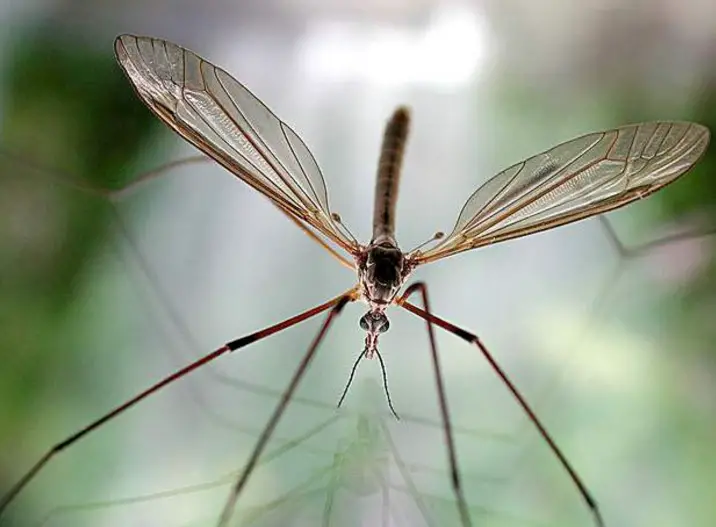
Crane Fly Facts | Anatomy, Diet, Habitat, Reproduction
The crane fly (Tipula abdominalis) is a group name applied to all those insects that belong to the family of Tipulidae. They are also called daddy-long-legs. Crane flies occupy nearly every continent except that some of the flies typically occur in the tropics. They are mostly most common in the northern altitudes. Crane flies are…
-
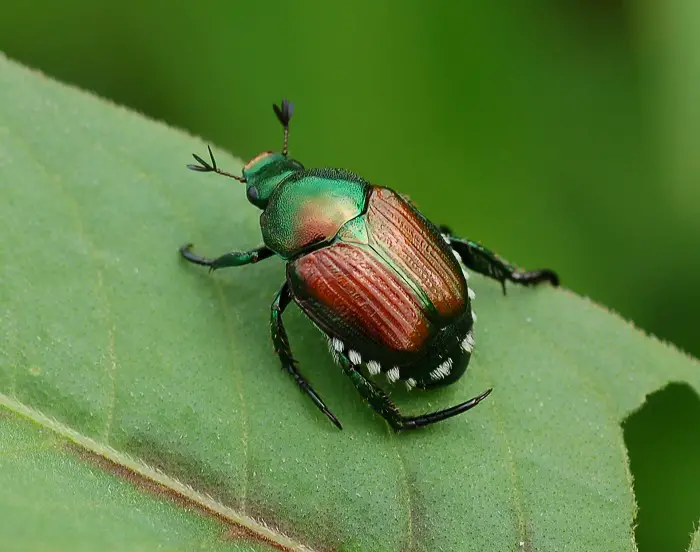
Japanese Beetle Facts | Anatomy, Diet, Habitat, Lifecycle
The Japanese beetle (Popillia japonica) is one of the most devastating pests in the United States. It typically feeds on more than 300 host plants including grape leaves. The beetle defoliates the leaf and leaves the marks which one can clearly see once it is gone. Gardeners know it all too well. The individual beetle…
-
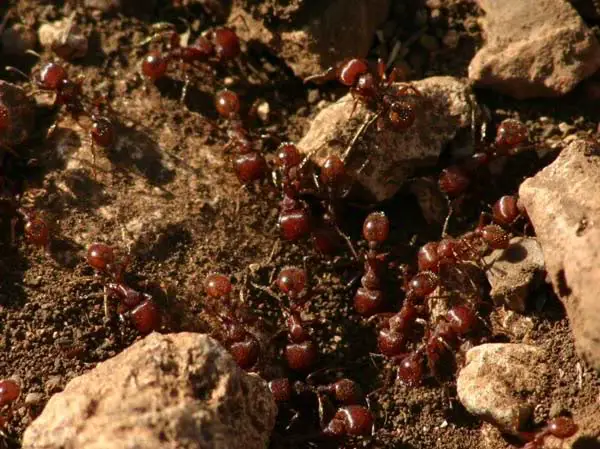
Red Imported Fire Ant Facts | Anatomy, Diet, Behavior
The red imported fire ant (Solenopsis invicta) has long been known to the science since the early twentieth century. They are highly aggressive ants. If provoked, fire ants will come out of their nests and attack in large numbers. They are thought to consume dead animals and insects. Red Imported Fire Ant Facts Anatomy Fire…
-
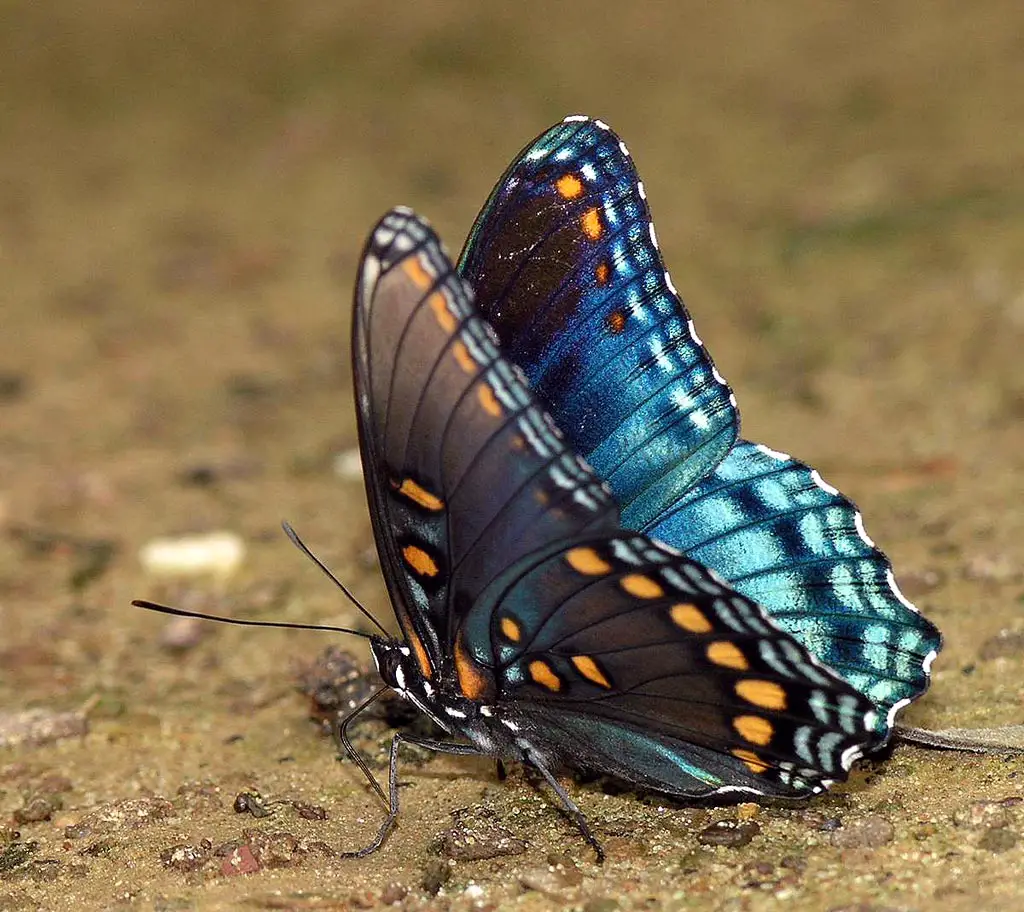
Red Spotted Purple Butterfly Facts | Anatomy, Range, Lifecycle
The red-spotted purple (Limenitis arthemis astyanax) is one of the outstanding forest butterflies that is typically found in the wooded suburban areas. It is a much familiar butterfly species in the eastern United States. The butterfly is also known as ‘white admiral’. Red Spotted Purple Butterfly Facts Anatomy The adult butterfly has a wingspan of…
-
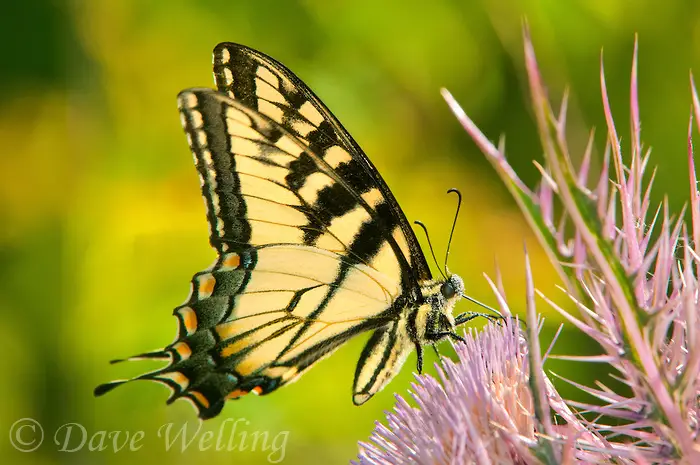
Tiger Swallowtail Butterfly Facts | Anatomy, Diet, Habitat, Lifecycle
The tiger Swallowtail (Papilio glaucus) or the eastern tiger swallowtail is a well-known butterfly species in the eastern United States reaching all the way toward Canada and southern Ontario. They have got a brilliant display of yellow stripes on its wings. Southern butterfly is larger than the northern species. Tiger Swallowtail Butterfly Facts Anatomy The…
-

Fire Ants Facts | Appearance, Behavior, Diet, Reproduction
The Fire ant is a collective name given to the New World ant species that belongs to the genus Solenopsis. There are 200 recognized ant species and they are also called ‘tropical fire ants’ or simply ‘red ants. These reddish brown ants are notable for their extremely aggressive nature. We speak of the fire ants’…
-

Blue Morpho Butterfly Facts | Diet, Habitat, Behavior, Lifecycle
The blue morpho butterfly (morpho) is one of the nestropical subspecies of butterfly that occur in the Central America, Mexico, and South America. It truly lives up to its name as the color of its wings is primarily blue with some shades of green metallic. In a bright sunny day, they give a stunning look…
-

Tarantula Hawk Facts | Anatomy, Diet, Habitat, Behavior
A tarantula hawk (pepsis formosa) is a spider wasp that typically preys on tarantulas. It is the insect of New Mexico that belongs to the members of spider wasp family. The tarantula hawk is the largest Central American spider wasp, reaching a length of about 3 inches with a wingspan measuring up to 100 mm.…
-

Africanized Honey Bee Facts | Anatomy, Diet, Habitat, Behavior
The Africanized honey bee (Apis mellifera) is a subspecies of a western honeybee which is primarily found in the sub-Saharan Africa. Africa alone is home to 10 subspecies of honeybees all of which are called African honey bees. They are also called killer bees. Back in 1950s authorities made an effort to increase the population…
-
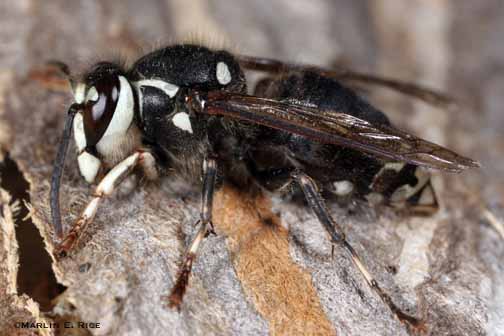
Bald Faced Hornet Facts | Anatomy, Diet, Habitat, Behavior
The bald faced hornet (Dolichovespula maculate) is a yellowjacket hornet and is found in the Southern Canada and North America. The hornet earns its name due to ivory-white markings on its face. It is thought to defend its nest quite aggressively against potential predators. It is not a true hornet. The bald faced hornet is…

